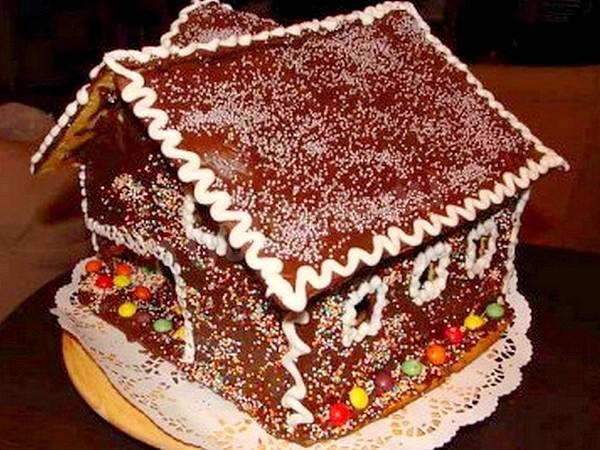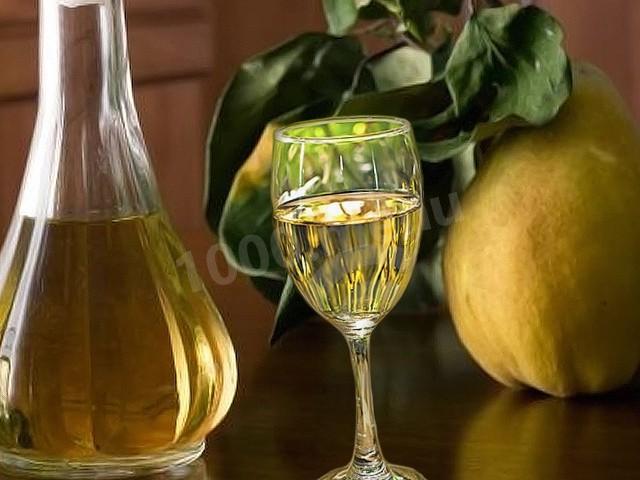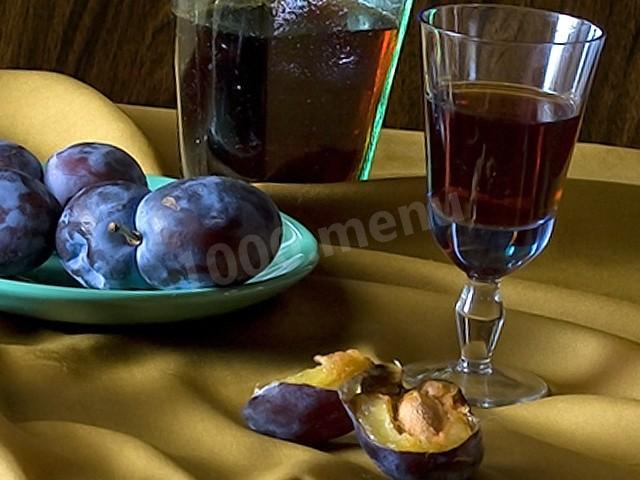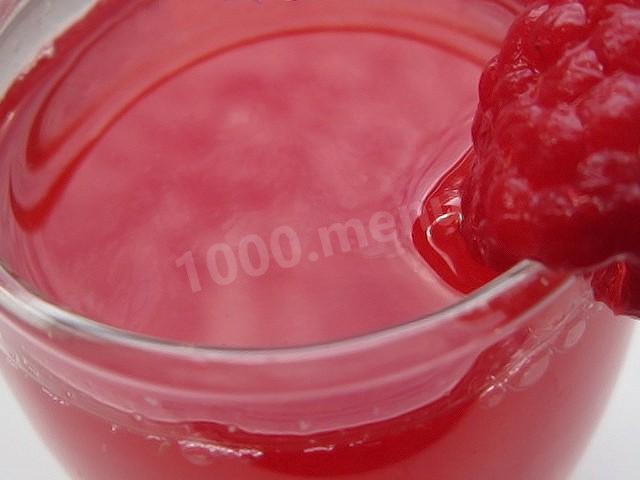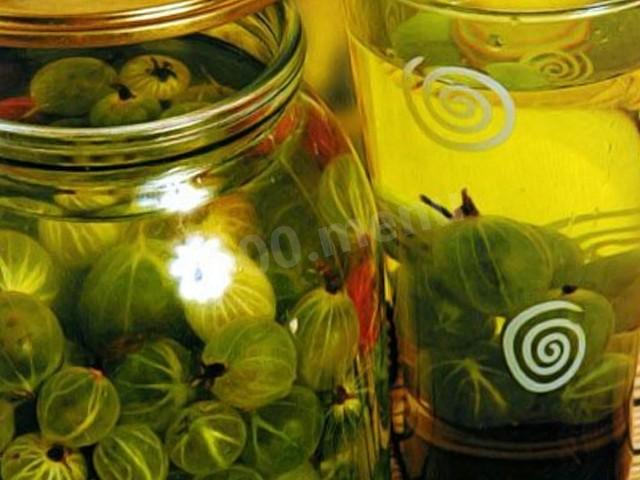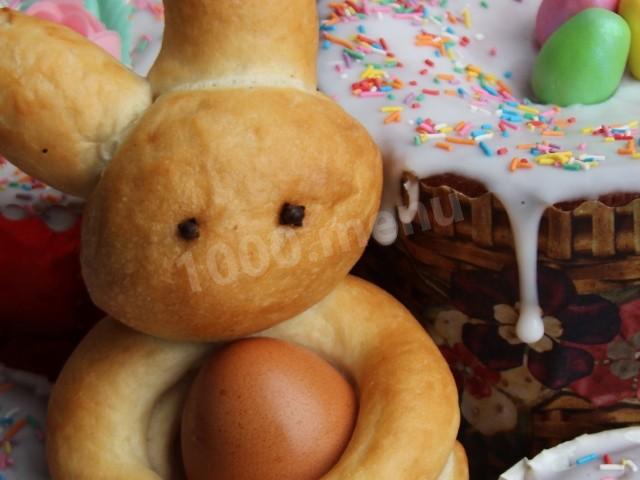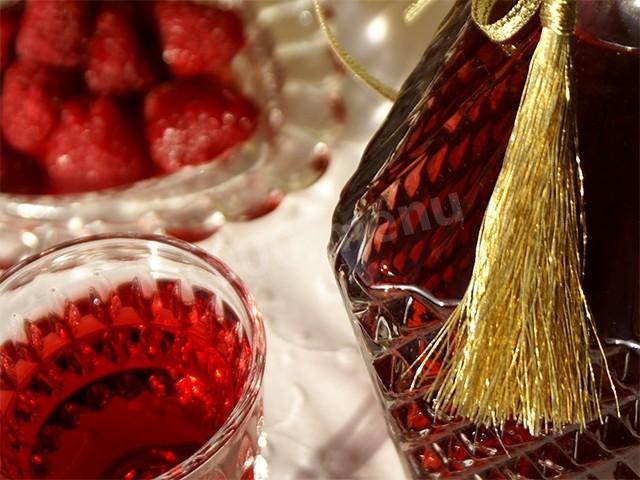New Year's House cake
Composition / ingredients
10
servings:
Cooking method
We start with the basics – Sprinkle the flour sifted twice into a bowl with beaten eggs mixed with sugar. Pour a third of the resulting creamy mass into a frying pan covered with special baking paper and put it in the oven. We set the temperature to 150 degrees, and wait for half an hour, monitoring the state of the contents of the pan.
The second part of the dough is dumped on a baking sheet, also covered with baking paper smeared with oil. We turn the shapeless mass into a rectangular shape, and place it in a preheated oven for 25 minutes. We mix the last piece with cocoa and bake it in a frying pan, putting it in the oven for half an hour.
We cool the hard cakes that have come out. The first piece is cut into two separate pancakes. We put them on a large plate, alternately. Each of the roundels is watered with sugar syrup so that they become moist and sweet. We apply cream to the surface of each piece. We arrange the darkest cake in the middle of the cake.
The cream is obtained by beating sugar, flour and vanilla in a mixer, or by hand. After mixing, take a saucepan and fill it with milk. Boil the milk. In the already hot white liquid, we fuse the workpiece for the cream, stirring it. We are waiting for boiling. Turn off the fire and lower the oil into the saucepan, without stopping stirring, and so on until the mass cools down. In the thickened cream, pour the whipped whites to a foamy state. The cream will be used to cover the cakes.
To create a beautiful house, we need layers of cakes 4 cm thick and 10 cm long. Materials for the house are made from a rectangular cake. We use cream to draw windows and a door on future walls. We put the layers in the form of a house, with a roof.
If desired, you can paint the sweet house with cream from the surface layer of the cake.
It will consist of vanilla sugar and sour cream. Whisk them together, put them on the top cake and the sides of the cake. The New Year's house cake is finished. It remains to decorate, if you want, and serve it on the table.
The second part of the dough is dumped on a baking sheet, also covered with baking paper smeared with oil. We turn the shapeless mass into a rectangular shape, and place it in a preheated oven for 25 minutes. We mix the last piece with cocoa and bake it in a frying pan, putting it in the oven for half an hour.
We cool the hard cakes that have come out. The first piece is cut into two separate pancakes. We put them on a large plate, alternately. Each of the roundels is watered with sugar syrup so that they become moist and sweet. We apply cream to the surface of each piece. We arrange the darkest cake in the middle of the cake.
The cream is obtained by beating sugar, flour and vanilla in a mixer, or by hand. After mixing, take a saucepan and fill it with milk. Boil the milk. In the already hot white liquid, we fuse the workpiece for the cream, stirring it. We are waiting for boiling. Turn off the fire and lower the oil into the saucepan, without stopping stirring, and so on until the mass cools down. In the thickened cream, pour the whipped whites to a foamy state. The cream will be used to cover the cakes.
To create a beautiful house, we need layers of cakes 4 cm thick and 10 cm long. Materials for the house are made from a rectangular cake. We use cream to draw windows and a door on future walls. We put the layers in the form of a house, with a roof.
If desired, you can paint the sweet house with cream from the surface layer of the cake.
It will consist of vanilla sugar and sour cream. Whisk them together, put them on the top cake and the sides of the cake. The New Year's house cake is finished. It remains to decorate, if you want, and serve it on the table.
Caloric content of the products possible in the composition of the dish
- Sour cream with 30% fat content - 340 kcal/100g
- Sour cream of 25% fat content - 284 kcal/100g
- Sour cream with 20 % fat content - 210 kcal/100g
- Sour cream of 10 % fat content - 115 kcal/100g
- Sour cream - 210 kcal/100g
- Whole durum wheat flour fortified - 333 kcal/100g
- Whole durum wheat flour, universal - 364 kcal/100g
- Flour krupchatka - 348 kcal/100g
- Flour - 325 kcal/100g
- Granulated sugar - 398 kcal/100g
- Sugar - 398 kcal/100g
- Vanilla - 288 kcal/100g
- Butter 82% - 734 kcal/100g
- Amateur unsalted butter - 709 kcal/100g
- Unsalted peasant butter - 661 kcal/100g
- Peasant salted butter - 652 kcal/100g
- Melted butter - 869 kcal/100g
- Cocoa powder - 374 kcal/100g
- Water - 0 kcal/100g
- Chicken egg - 80 kcal/100g

